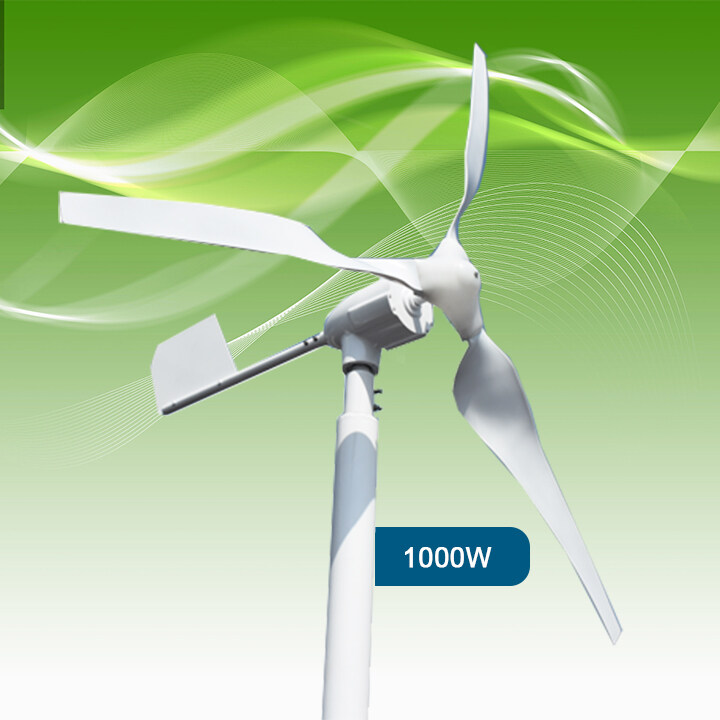Email format error
Email cannot be empty
Email already exists
6-20 characters(letters plus numbers only)
The password is inconsistent
Email format error
Email cannot be empty
Email does not exist
6-20 characters(letters plus numbers only)
The password is inconsistent


Solar Choices: Grid-Tied vs. Off-Grid Systems
Introduction
In the realm of sustainable energy, solar power stands out as a promising solution. The journey into the solar world often begins with a question: "How much does a 1 kW solar system generate?" To truly grasp the answer, one must navigate the intricacies of grid-tied and off-grid solar systems.
Grid-Tied Systems: Bridging the Gap
Grid-tied systems, often hailed as the bridge between traditional and renewable energy, seamlessly integrate with the electricity grid. In metropolitan landscapes, these systems thrive, leveraging advantages such as cost savings and access to net metering. The focus keyword, "how much does a 1 kW solar system generate?" becomes particularly relevant here.
From an economic standpoint, grid-tied systems shine. The ability to sell excess energy back to the grid not only reduces electricity bills but also positions users as contributors to a more sustainable grid. However, the dependency on the grid raises considerations about energy generation during grid outages or fluctuations in energy prices.
Off-Grid Systems: The Call of Independence
Venturing off the beaten path, off-grid systems champion independence from the electricity grid. These systems find their place in remote locations or for individuals seeking energy self-sufficiency. Here, the focus keyword echoes, prompting us to explore how much energy a 1 kW solar system can truly generate when disconnected from the grid.
While off-grid living embodies sustainability and resilience, it comes with its own set of challenges. Higher initial costs and the need for robust energy storage systems weigh on the decision-making process. Nonetheless, the allure of complete energy autonomy is undeniable.
Comparison: Energy Generation Potential and Costs
When comparing grid-tied and off-grid systems, the question of "how much does a 1 kW solar system generate" takes center stage. In grid-tied systems, consistent access to the grid ensures a stable energy output. However, the variability in energy production for off-grid systems demands a closer look, considering factors like geographic location and climate.
Cost considerations add another layer to the decision-making process. While grid-tied systems boast lower initial costs, off-grid systems offer long-term savings and a substantial return on investment, a crucial perspective for budget-conscious consumers.

Environmental Impact: Sustainability in Focus
Exploring the environmental impact of both systems delves into the heart of sustainability. Grid-tied systems contribute to a greener grid but may not match their off-grid counterparts in terms of reduced carbon footprints. This intersection of environmental science and renewable energy perspectives highlights the broader implications of our solar choices.
Choosing the Right System: A Multidimensional Decision
Selecting between grid-tied and off-grid systems necessitates a multidimensional approach. Geographical location, energy consumption needs, and even the desire for environmental stewardship play pivotal roles. Integrating real-world case studies from homeowners who have embraced either system enriches the decision-making process, showcasing diverse perspectives.
Future Trends and Developments: Technological Horizons
The future of solar power is intertwined with technological advancements. From smart grid integration for grid-tied systems to enhanced energy storage solutions for off-grid setups, innovation propels us towards more efficient and sustainable energy landscapes. The question of "how much does a 1 kW solar system generate?" becomes a dynamic inquiry, shaped by the ever-evolving solar technology landscape.
Conclusion: Navigating the Solar Frontier
In conclusion, the choice between grid-tied and off-grid solar systems is not merely a technical decision but a lifestyle choice with financial, environmental, and societal implications. By weaving together perspectives from economics, environmental science, and technology, we find that the answer to "how much does a 1 kW solar system generate" is a nuanced one, shaped by individual needs and aspirations. As we navigate the solar frontier, our choices today pave the way for a brighter and more sustainable energy future.

